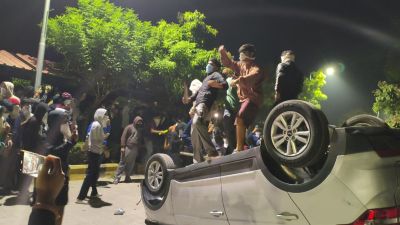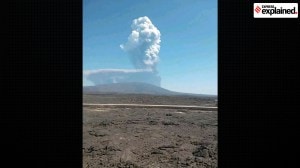New research: Using holographic imaging to detect viruses and antibodies
If fully realised, this proposed test could be done in under 30 minutes, is highly accurate, and can be performed by minimally trained personnel, the researchers said.
 Artist’s impression of holographic microscopy of a test bead binding antibodies. (David Grier/ NY University)
Artist’s impression of holographic microscopy of a test bead binding antibodies. (David Grier/ NY University)Scientists have developed a method using holographic imaging to detect both viruses and antibodies. The method is described in the journal Soft Matter. If fully realised, this proposed test could be done in under 30 minutes, is highly accurate, and can be performed by minimally trained personnel, the researchers said.
Developed by scientists from New York University, the method uses laser beams to record holograms of their test beads. The surfaces of the beads are activated with biochemical binding sites that attract either antibodies or virus particles, depending on the intended test. Binding antibodies or viruses causes the beads to grow by a few billionth parts of a metre.
📣 Follow Express Explained on Telegram
Researchers have shown they can detect this growth through changes in the beads’ holograms. The test can analyse a dozen beads per second. This can mean cutting the time for a reliable thousand-bead diagnostic test to 20 minutes.
The holographic video microscopy is performed by an instrument, xSight, created by Spheryx, a New York-based company co-founded by NYU’s David Grier.
Source: New York University



- 01
- 02
- 03
- 04
- 05


































